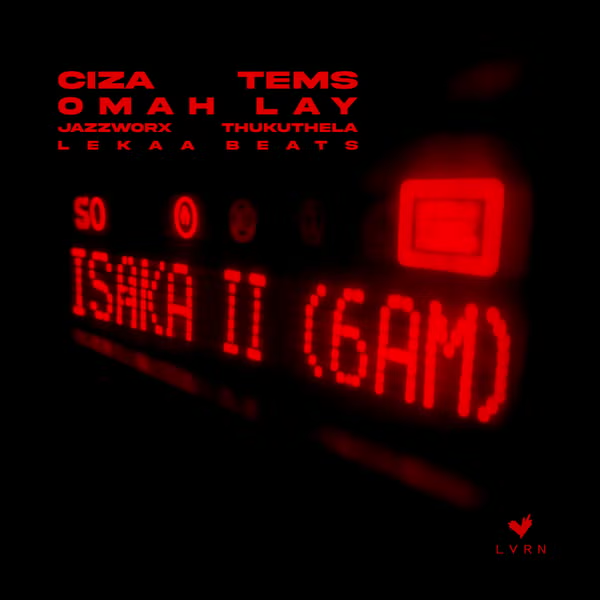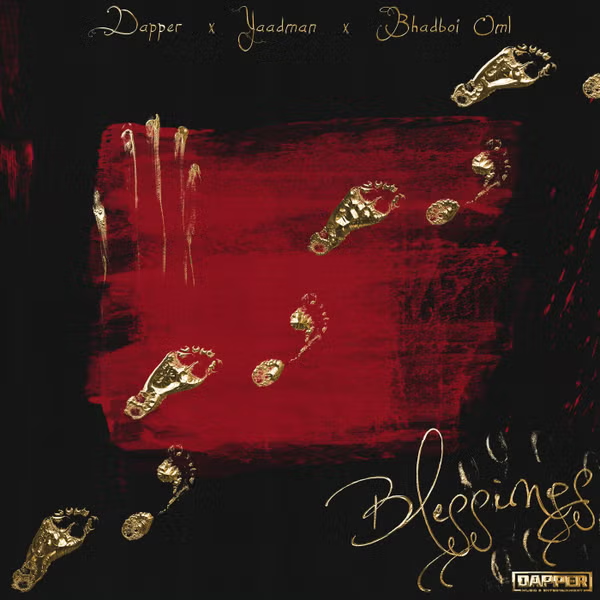For the first time since he died and was mummified 3,000 years ago, the voice of an ancient Egyptian priest has been heard.
Analysts have had the option to copy the voice of a 3,000-year-old Egyptian mummy, minister Nesyamun by reproducing its vocal tract utilizing clinical scanners, 3D printing, and an electronic larynx.
Nesyamun’s mummy which is right now laying in Leeds City Museum has been under cautious assessment since it was opened up in 1824. It was later uncovered that he had kicked the bucket while he was in his 50s.
Others have likewise proposed that he kicked the bucket from strangulation yet reports state he had no harm to the bones around his neck.
Priest Nesyamun lived around the beginning of the 11th century BC under the reign of Pharaoh Rameses XI. He was a priest, incense-bearer, and scribe at the ancient Egyptian temple complex at Karnak.
Decades later, a group of scientists has a 3D-printed propagation of Nesyamun’s vocal tract to hear what his voice would have seemed like.
The cause of his death was later suggested to be by an allergic reaction, possibly as a result
of an insect sting to the tongue which experts attribute to the reason why the mummy had his tongue sticking.
“What we have done is to make the sound of Nesyamun as he is in his stone coffin. It’s anything but a sound from his discourse all things considered, as he isn’t really,” said the investigation co-creator Prof David Howard, leader of the branch of electronic designing at Royal Holloway, University of London.
The group uncovered in the Journal that they took the mummy to Leeds General Infirmary where they completed a progression of CT filters that permitted to create a computerized remaking of Nesyamun’s vocal tract and recreate it through 3D printing.
The sound is all the more explicitly that of Nesyamun lying in his final resting place after preservation, Howard said.
“It is only the sheer energy and the additional measurement this could bring to gallery
visits, for instance, or site visits to Karnak,” he said.
“Going to an exhibition hall and leaving ceaselessly having heard a voice from 3,000 years back is the kind of thing individuals may well recall for quite a while.
“What we’d prefer to attempt to do next is build up a PC model that will permit us to move the vocal tract around and structure distinctive vowel sounds and ideally, at last words,” he said.
“This present sound is never a sound he would have made throughout everyday life, except from it, we can make sounds that would have been made during his lifetime.”
Schofield imagines that the methodology could likewise be applied to other safeguarded human remains.























